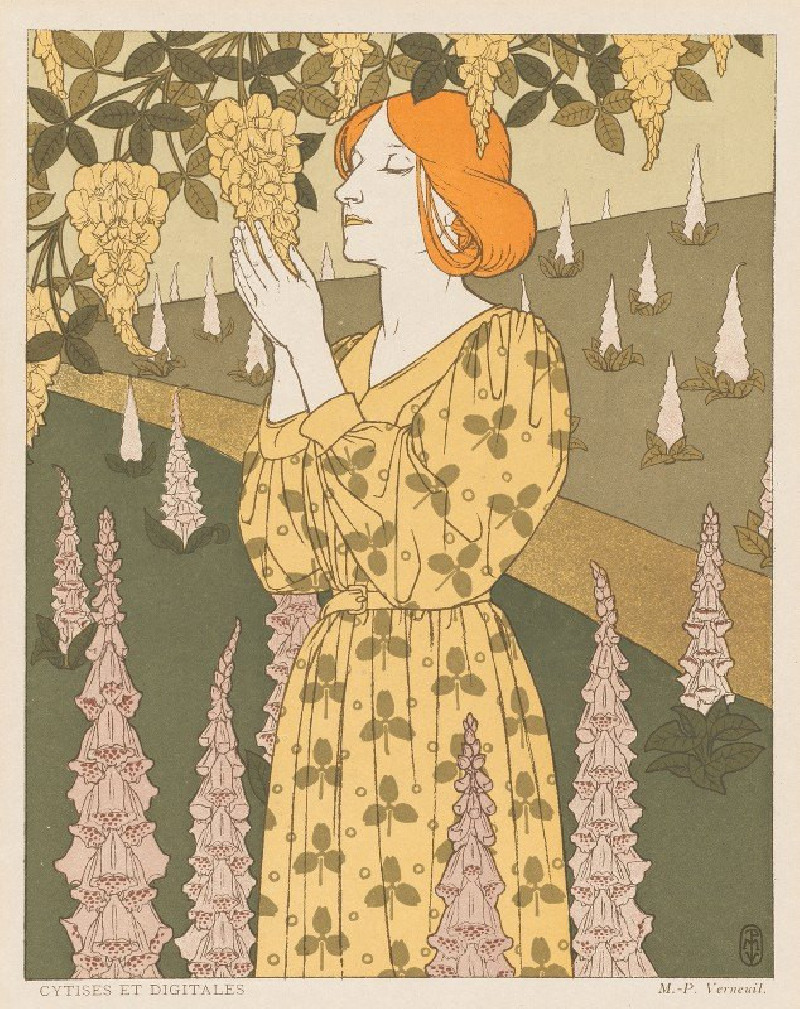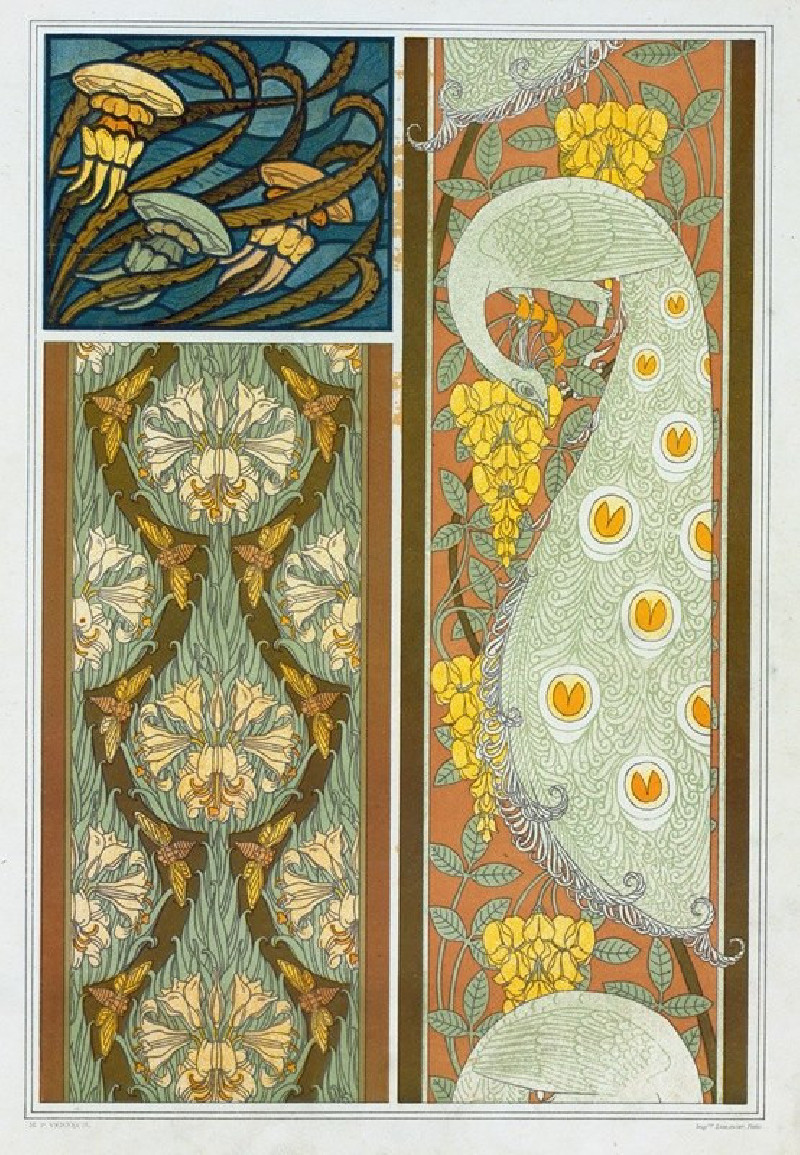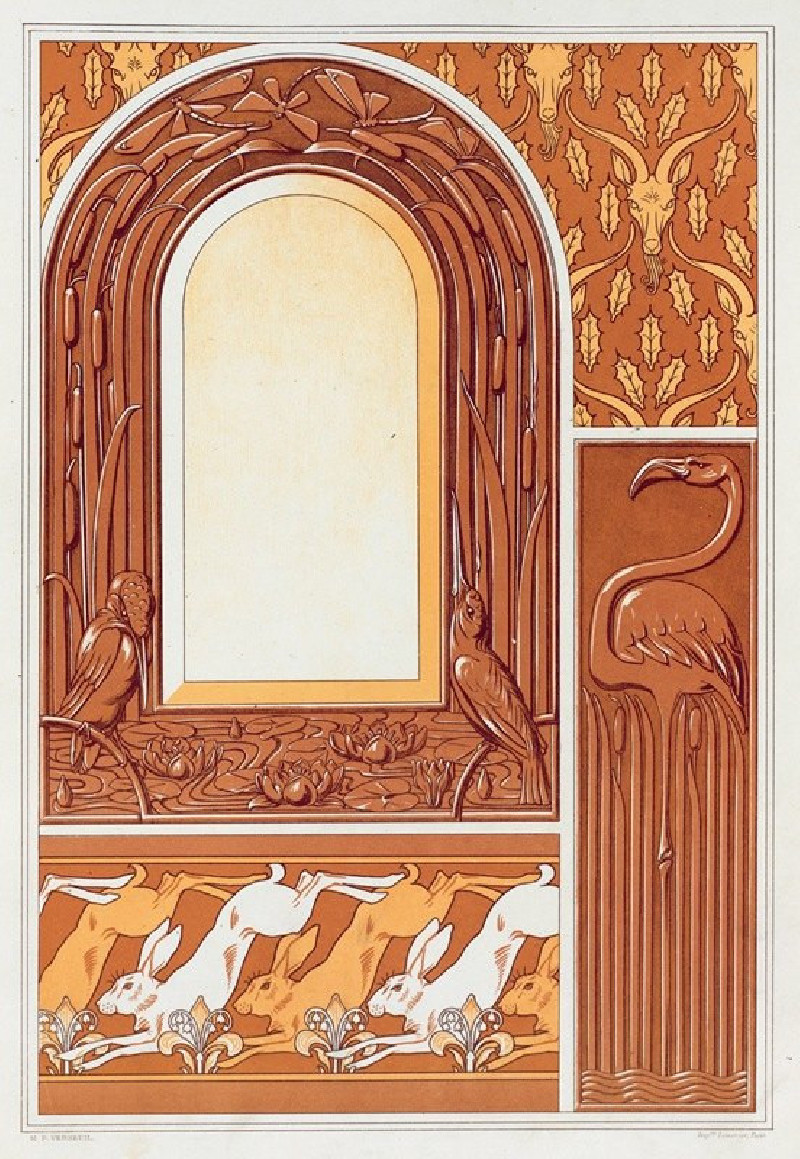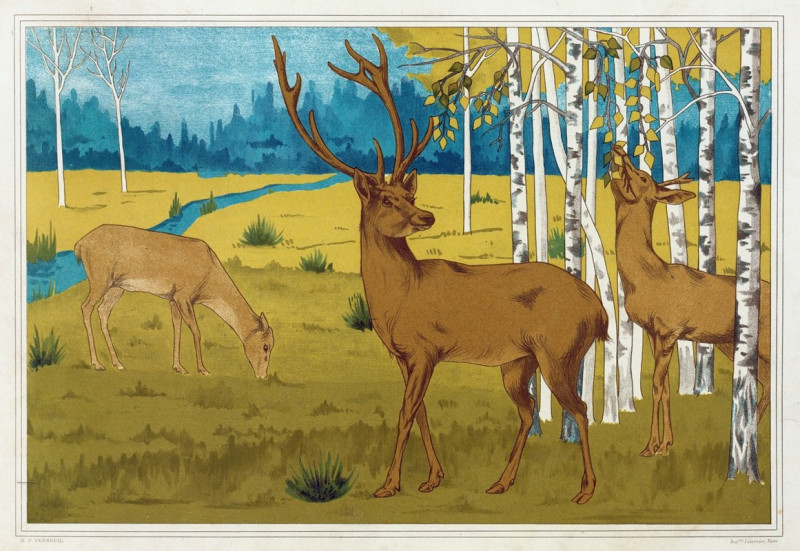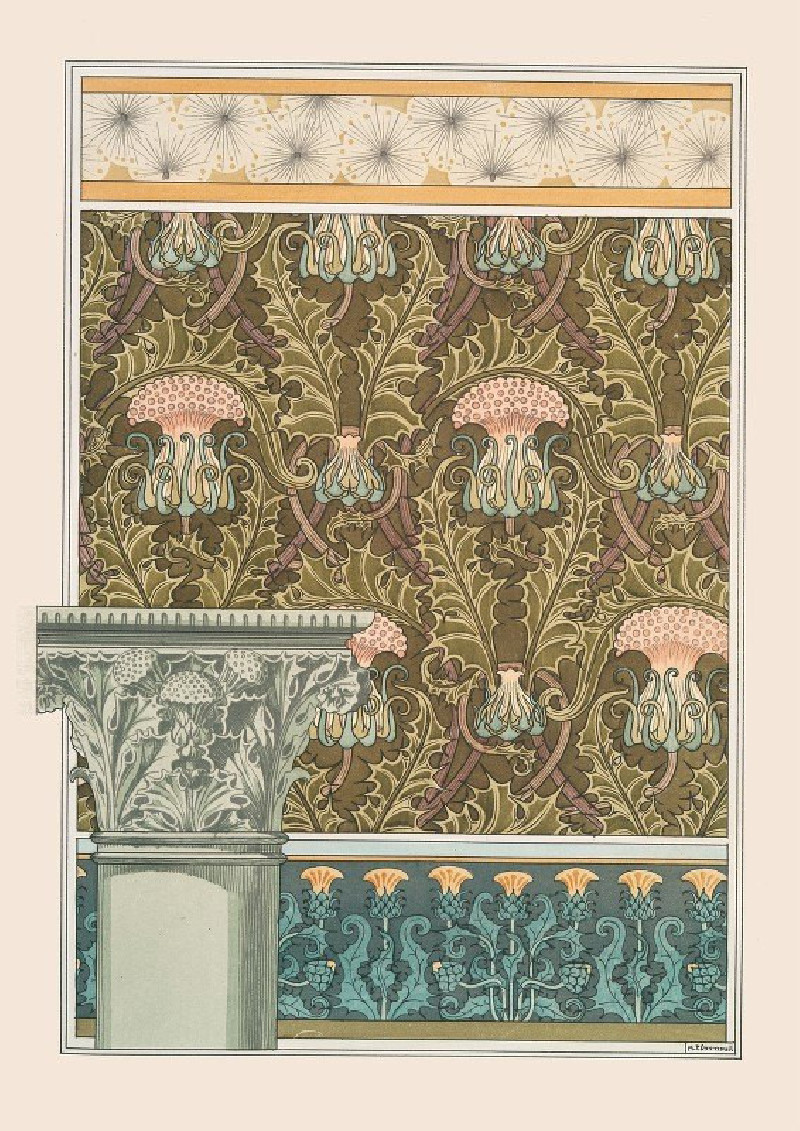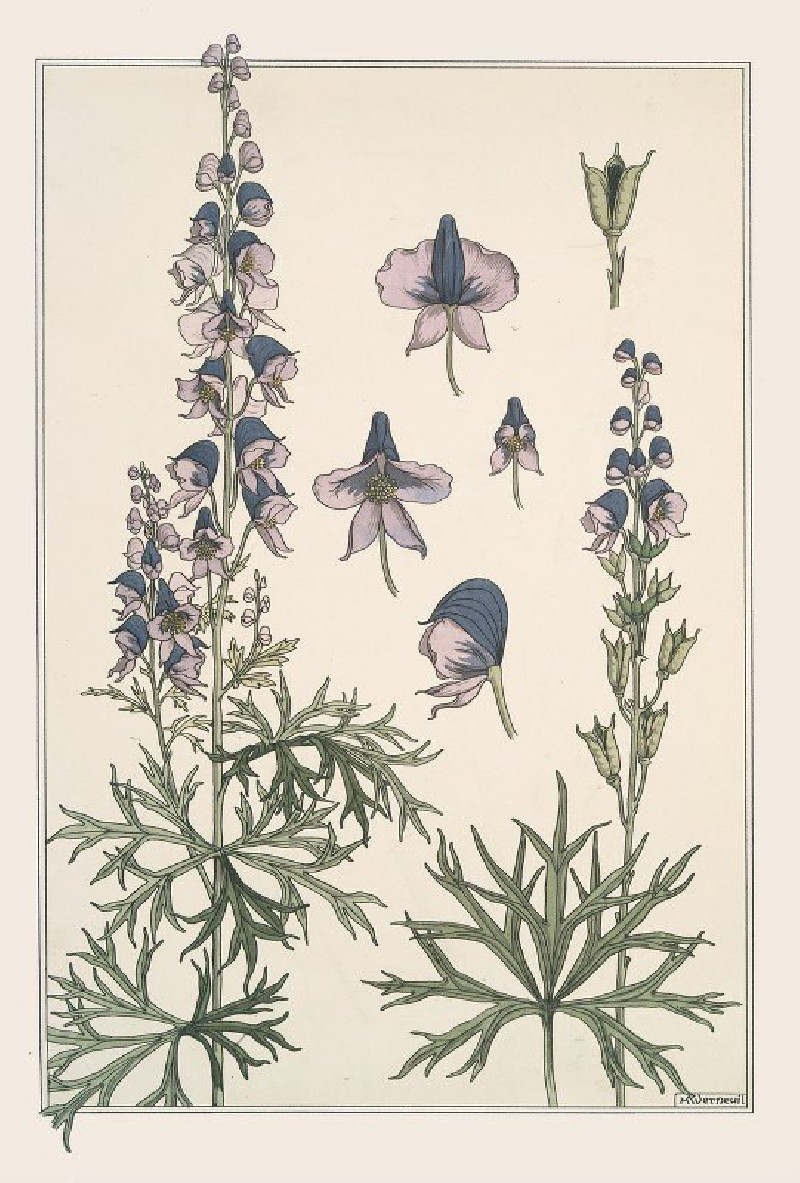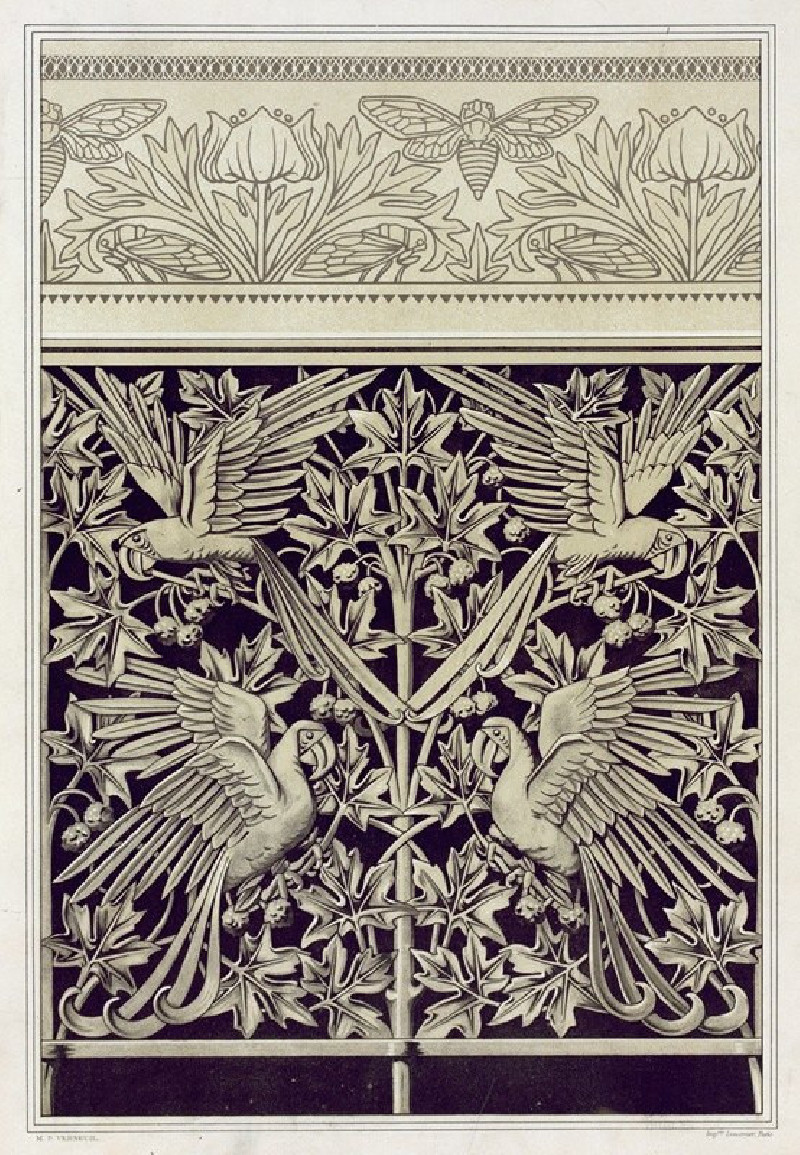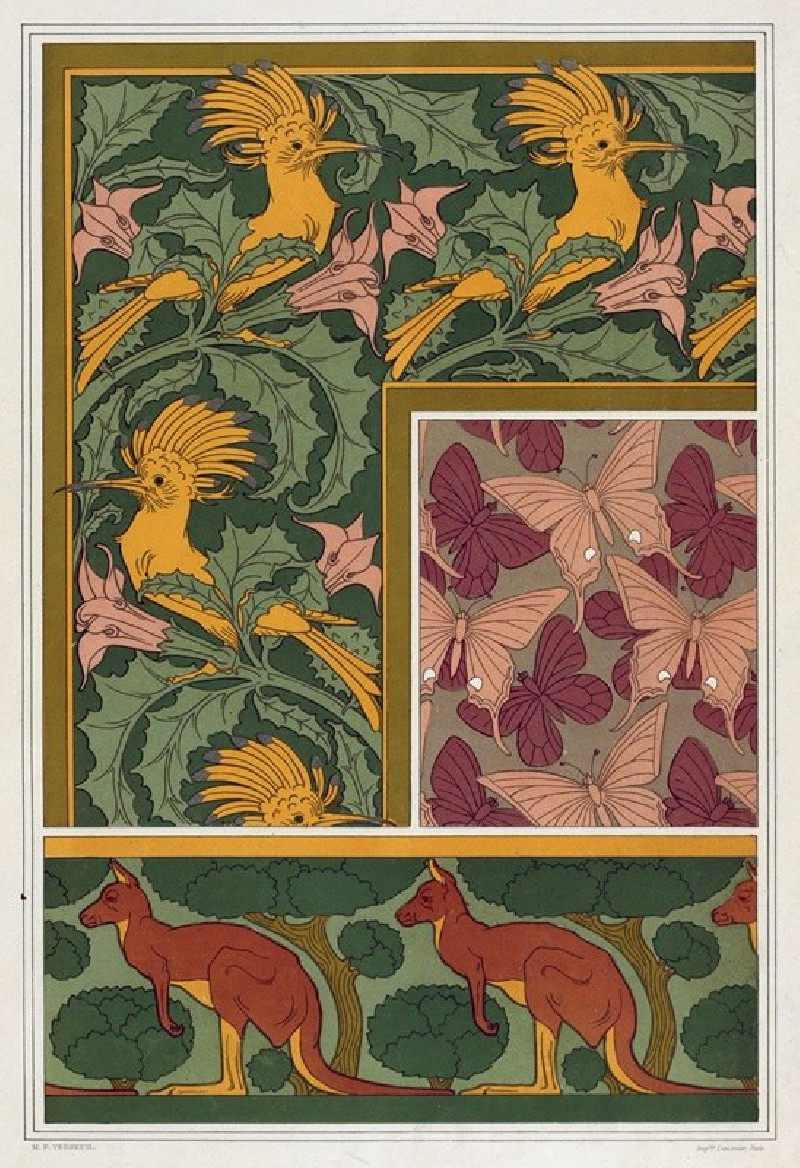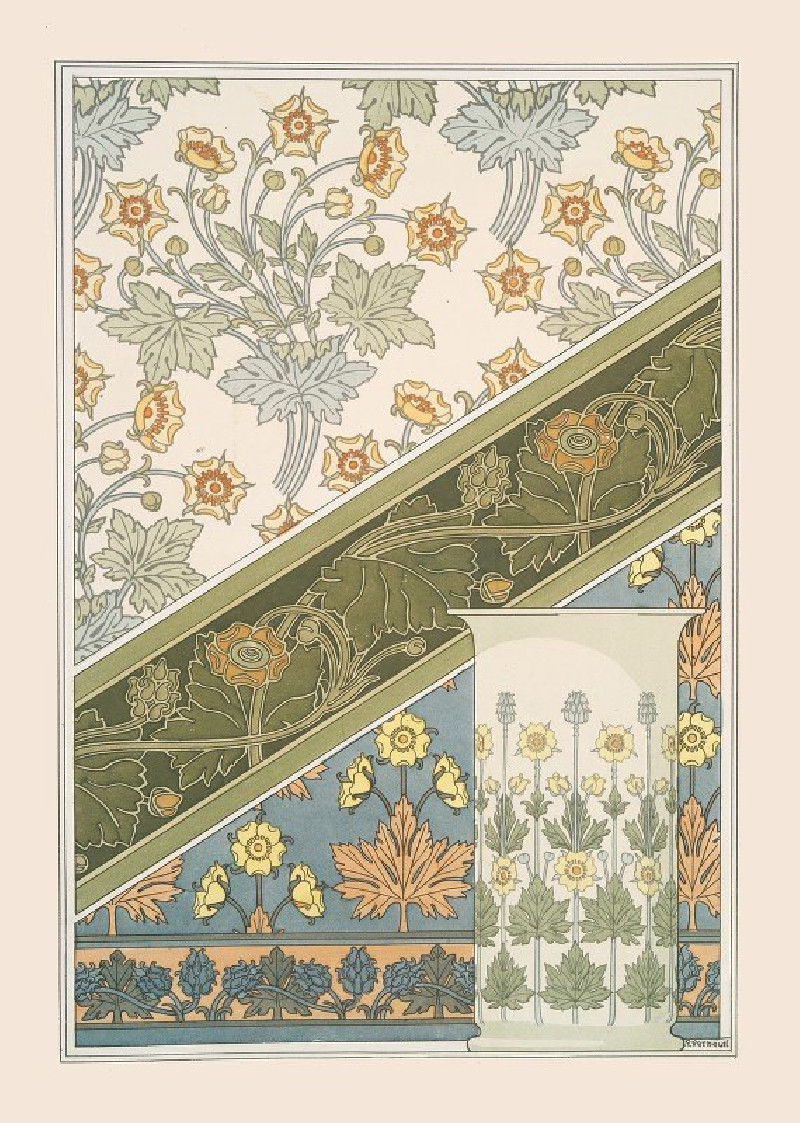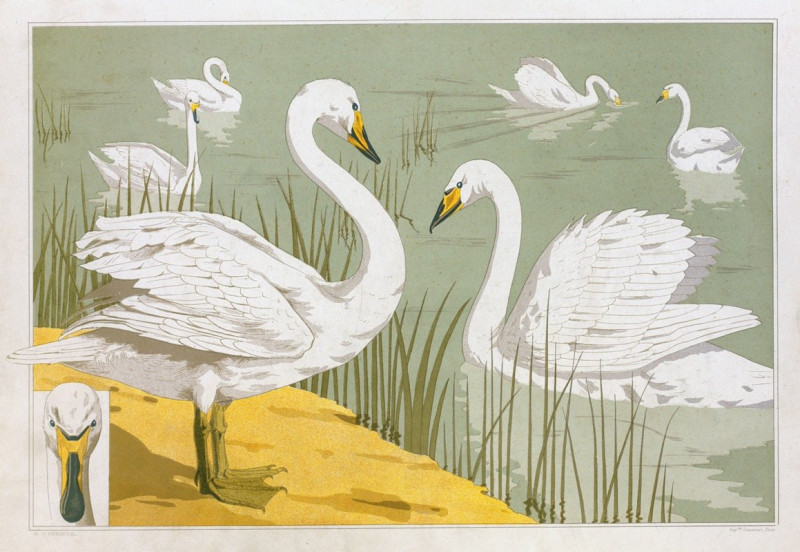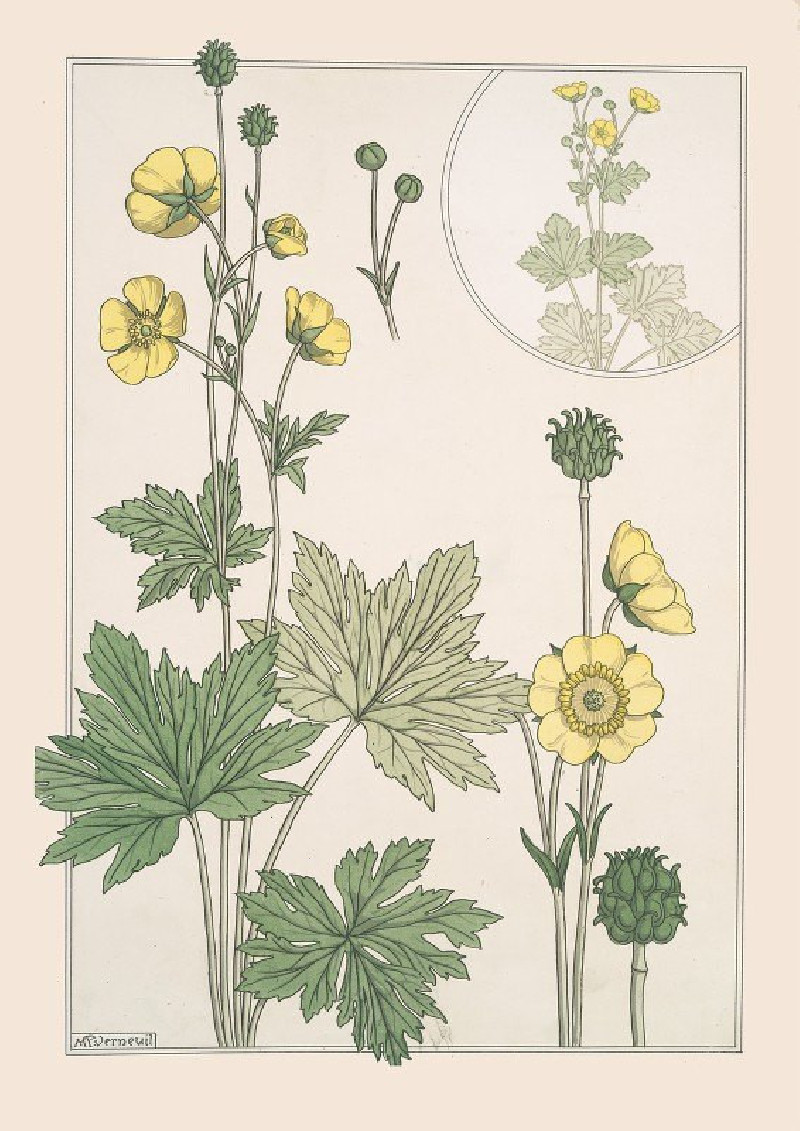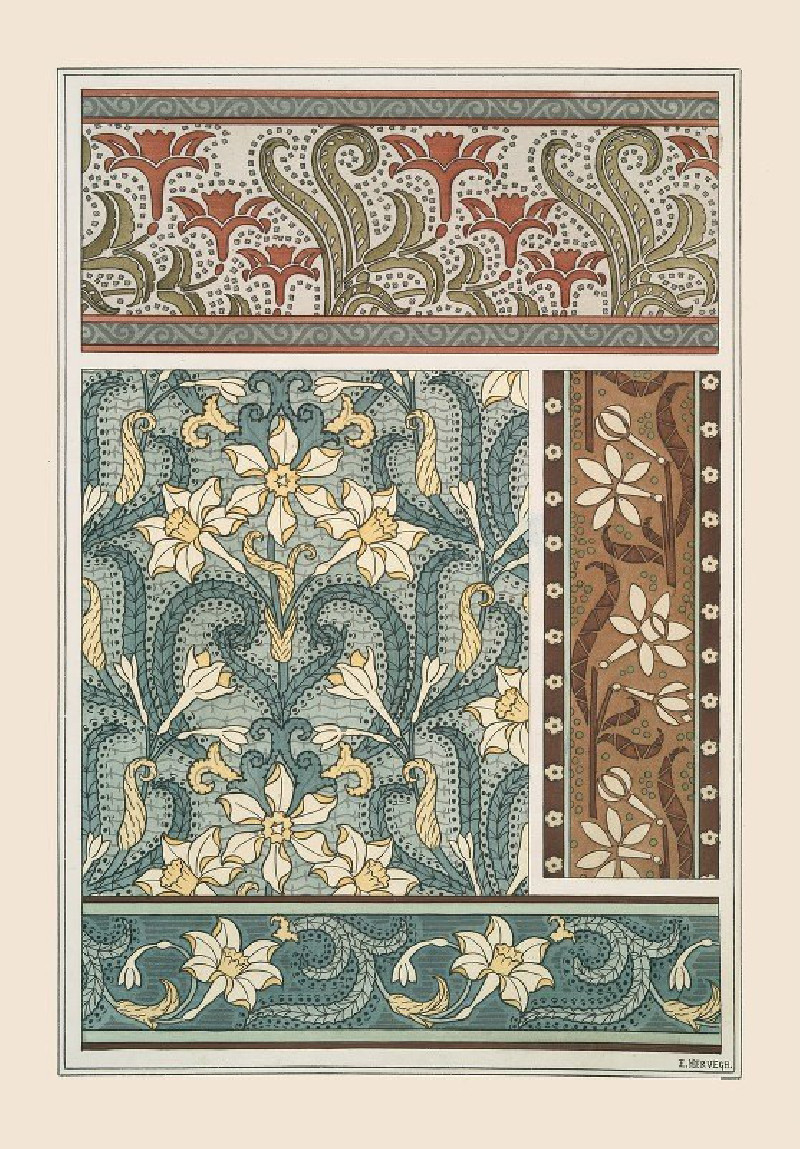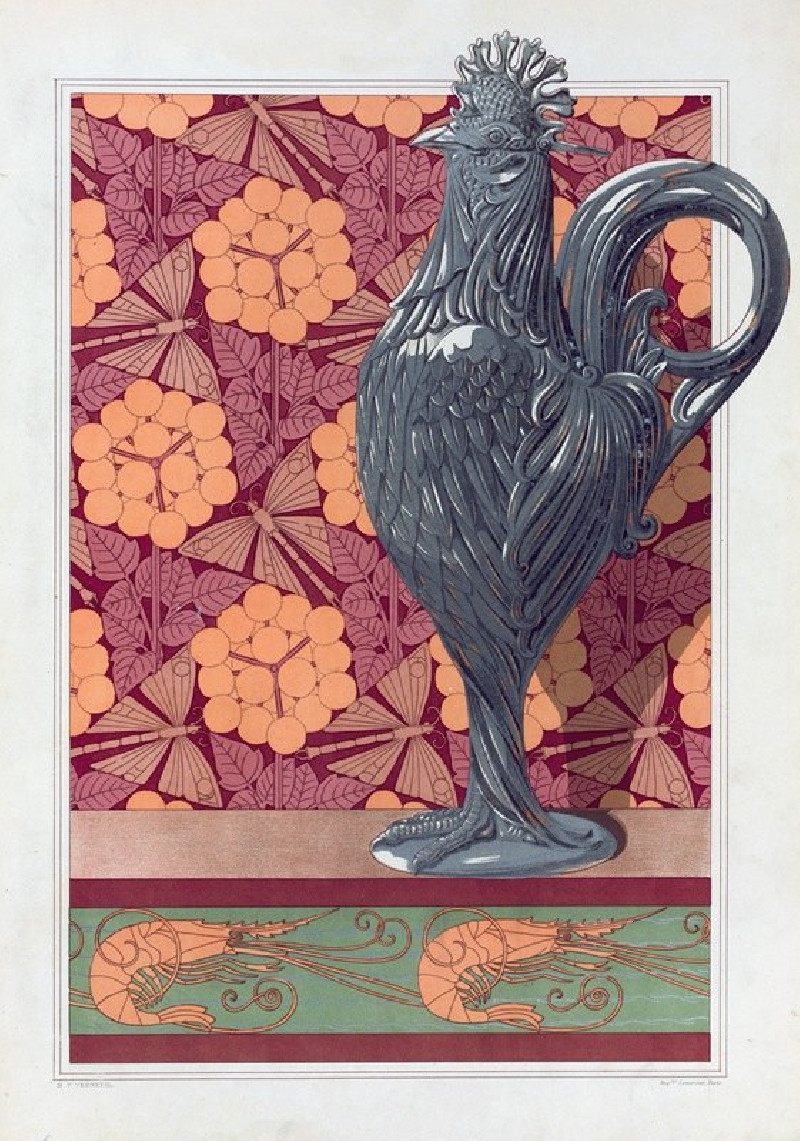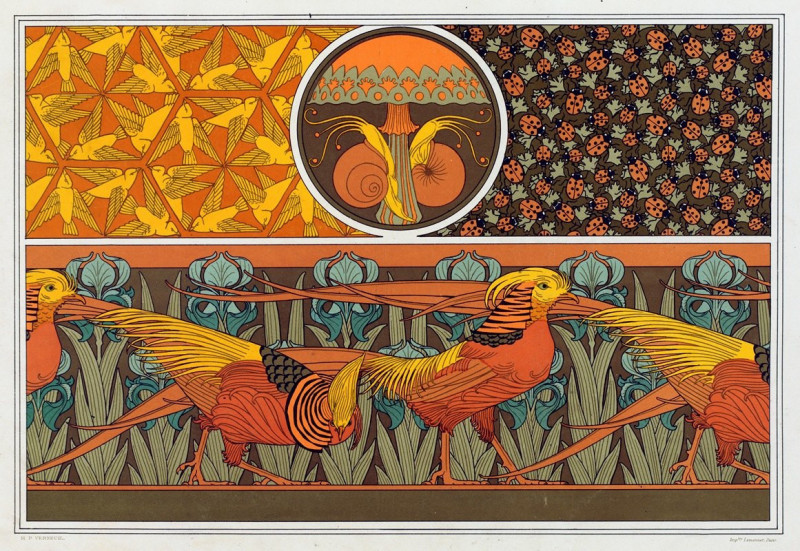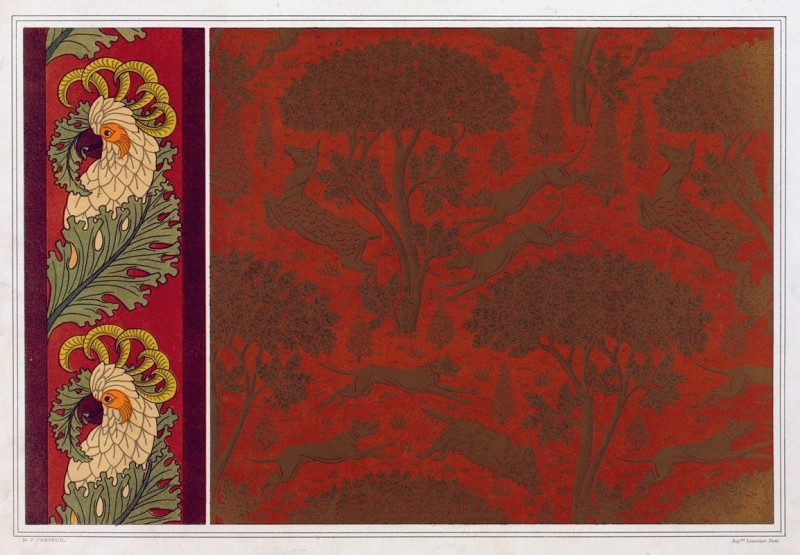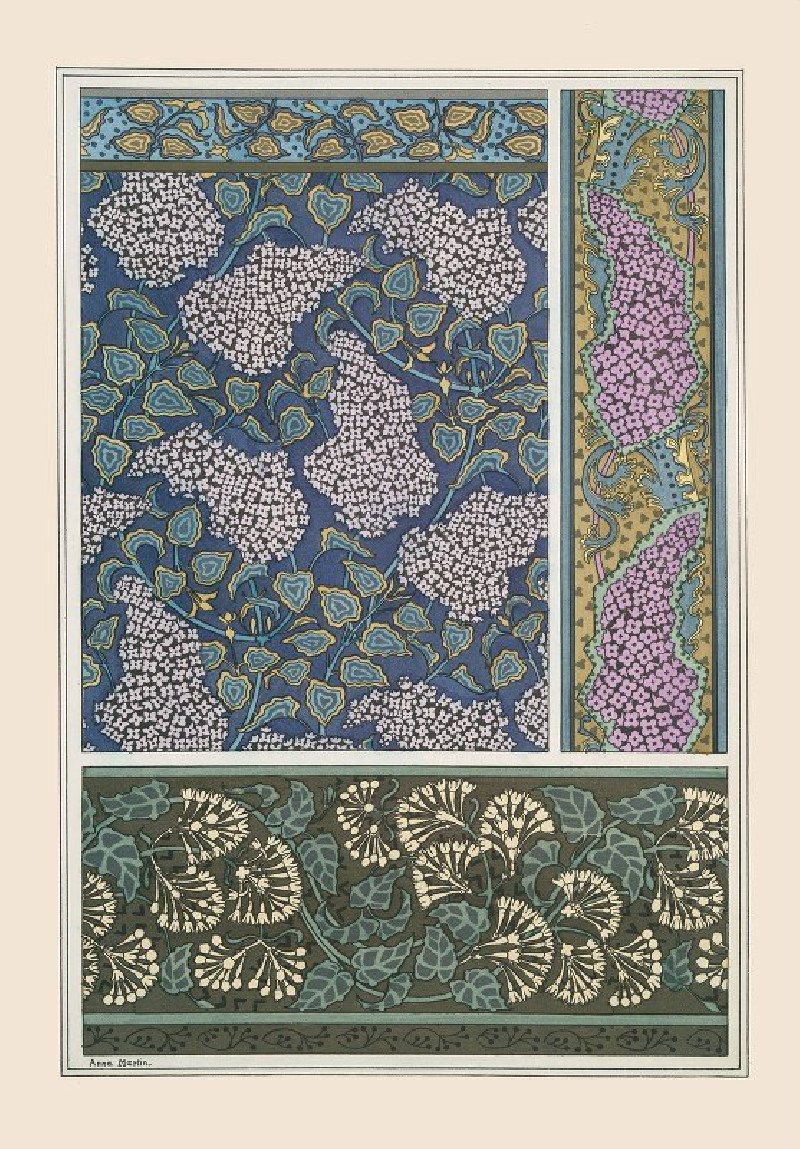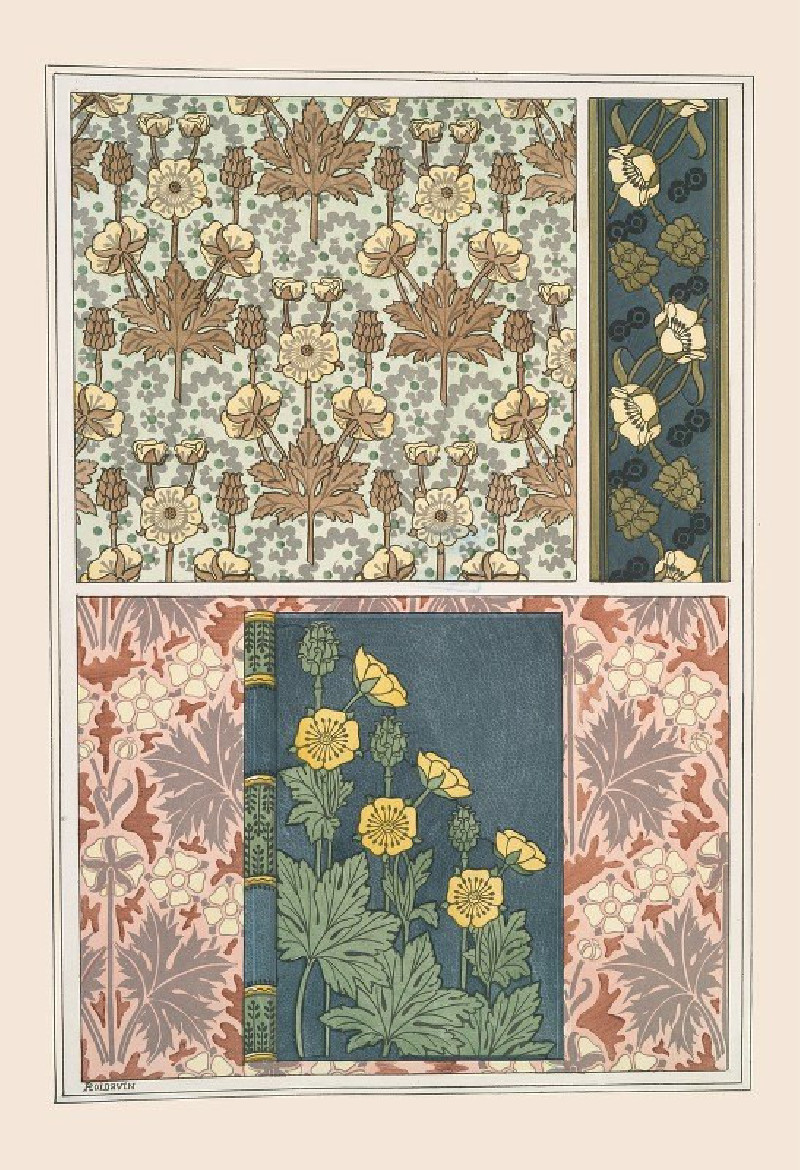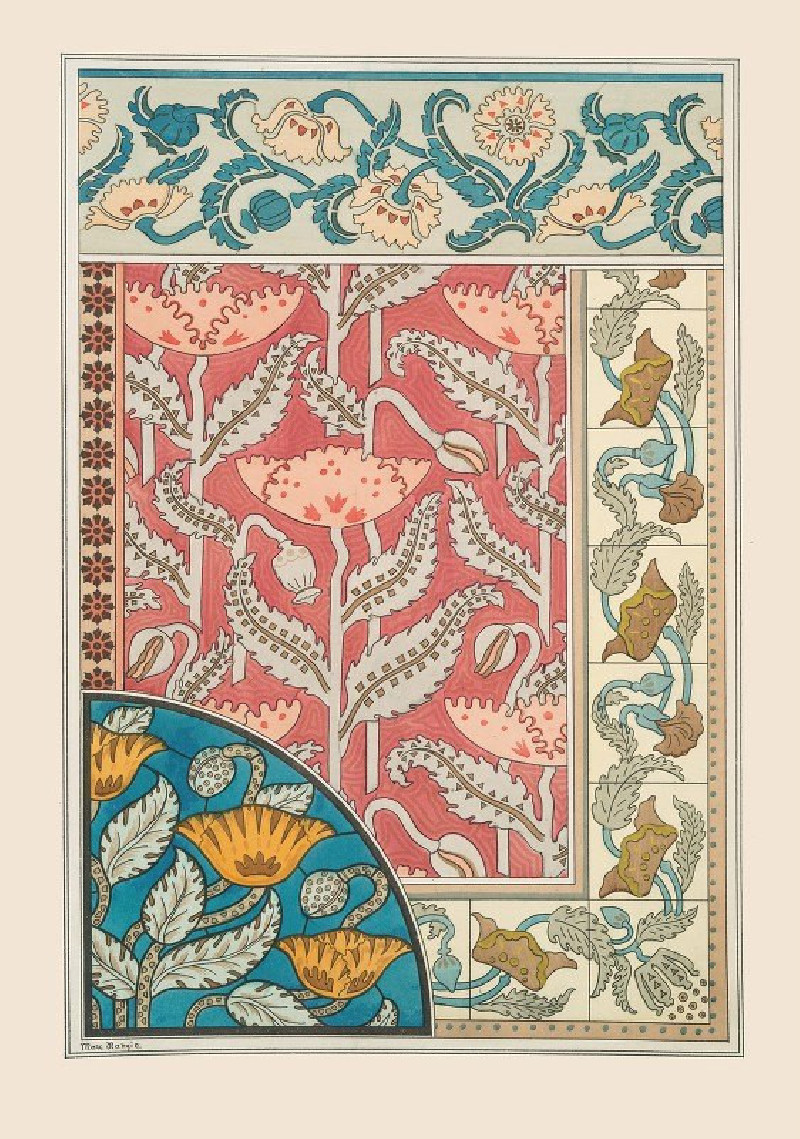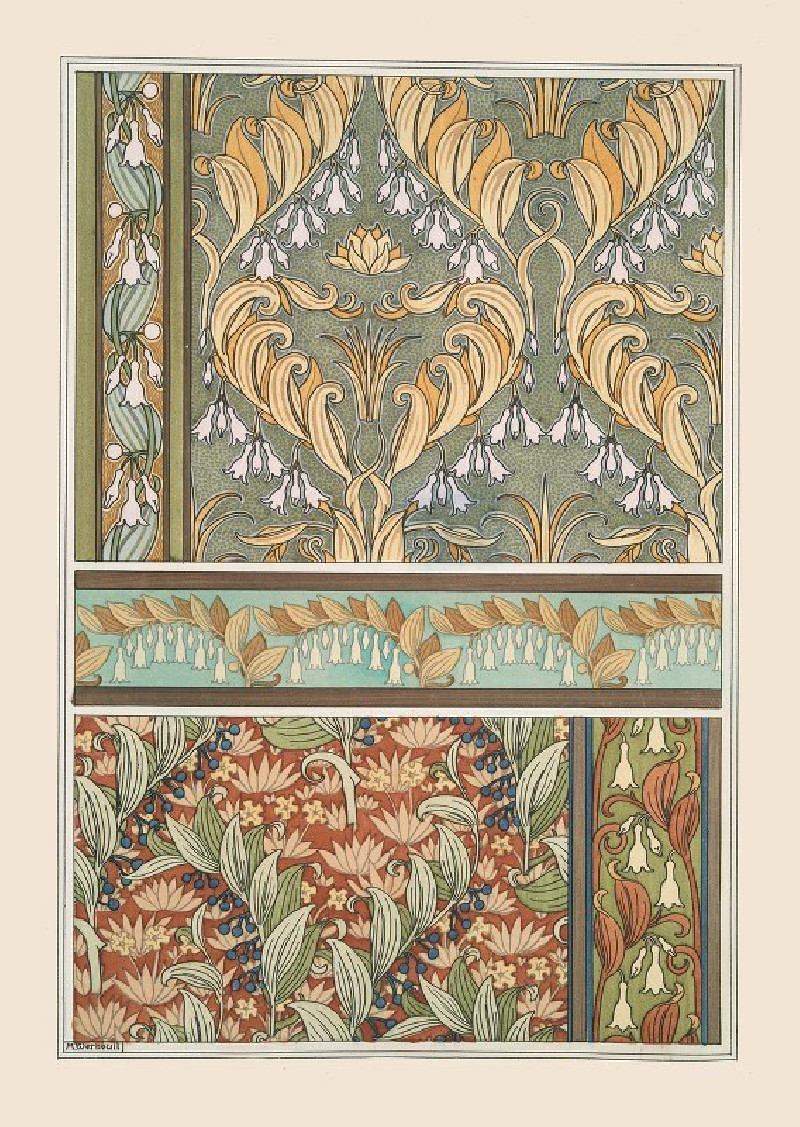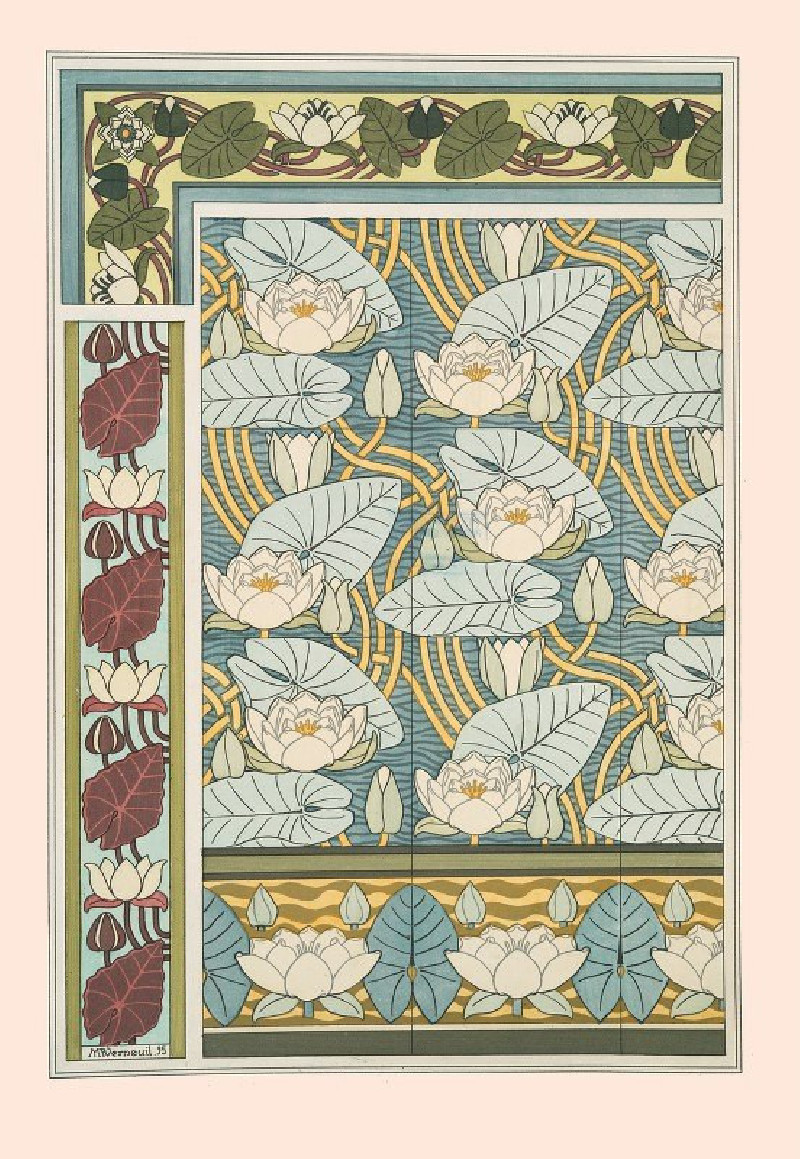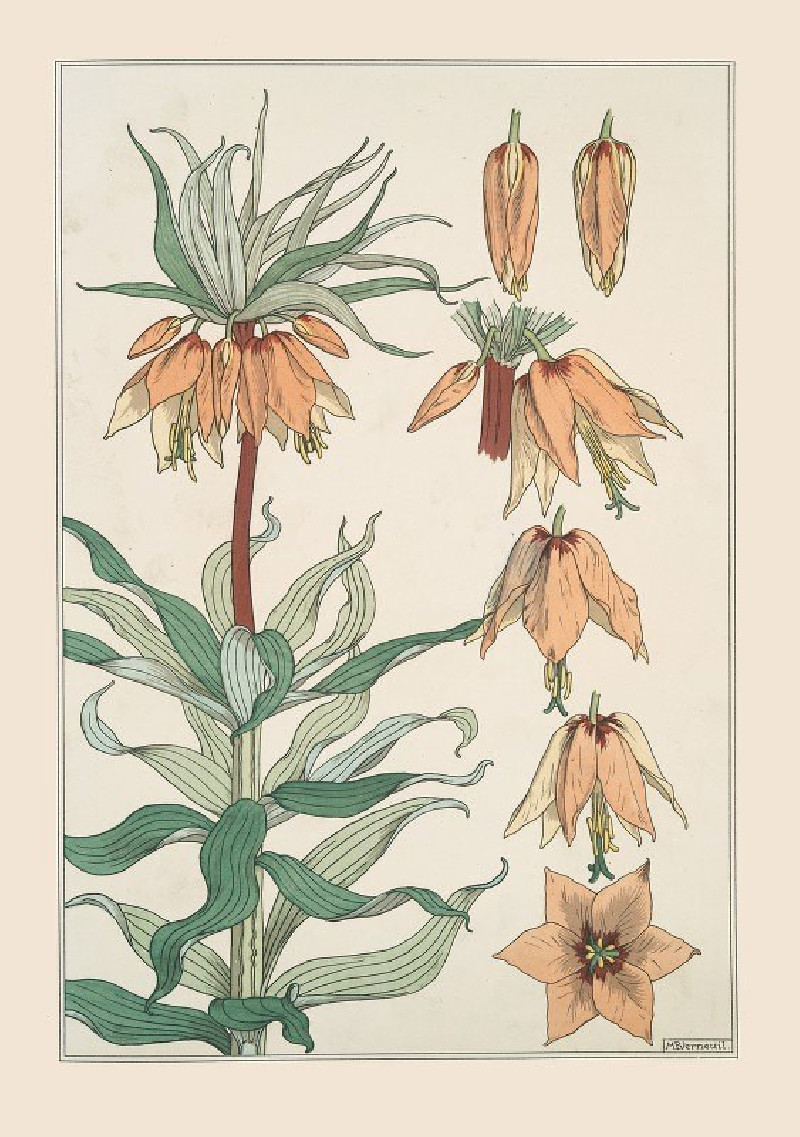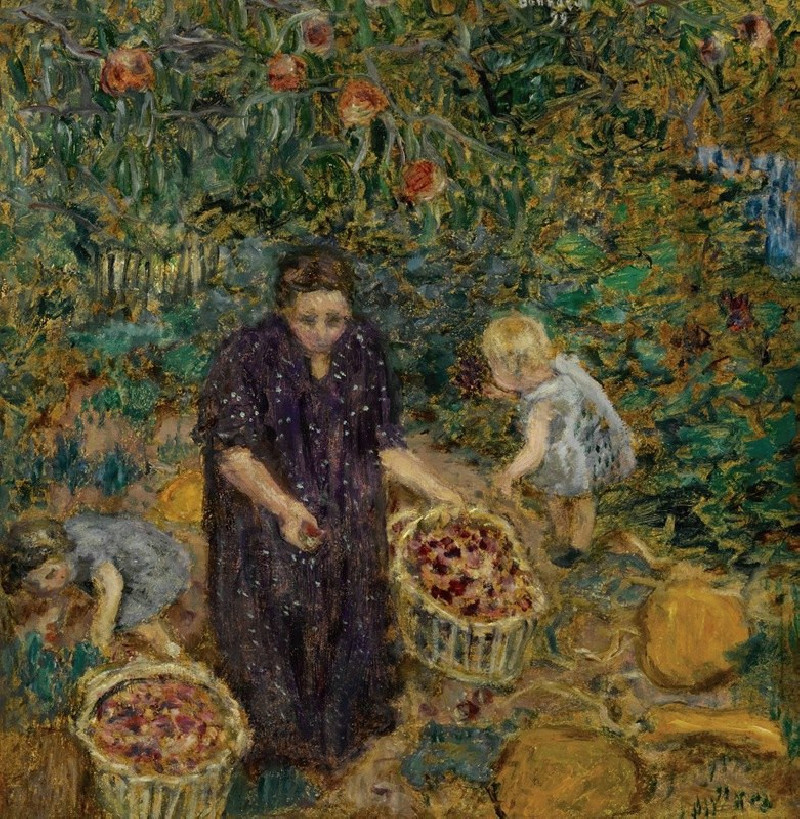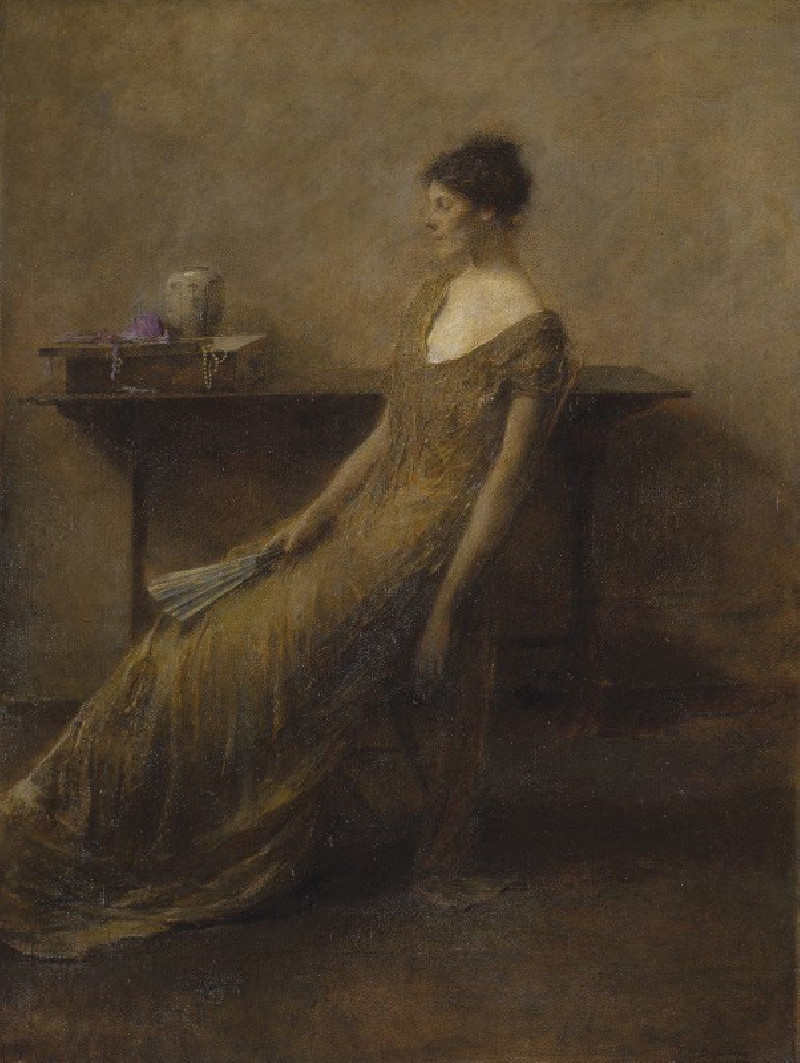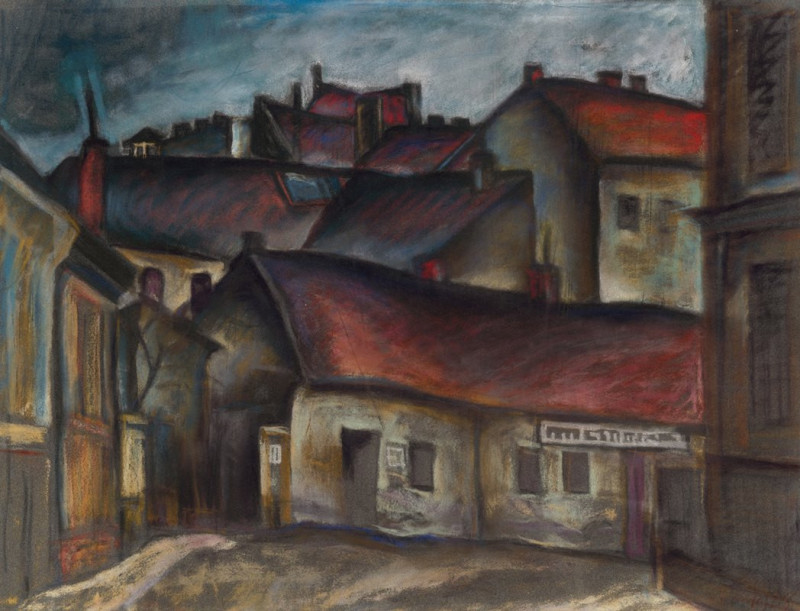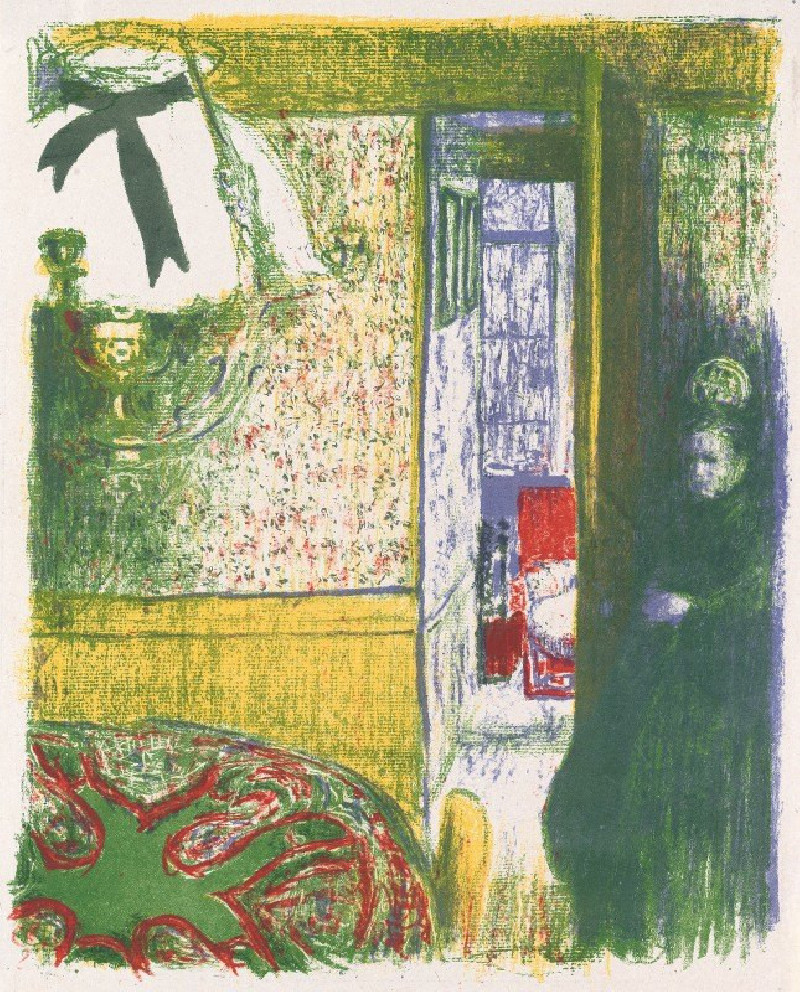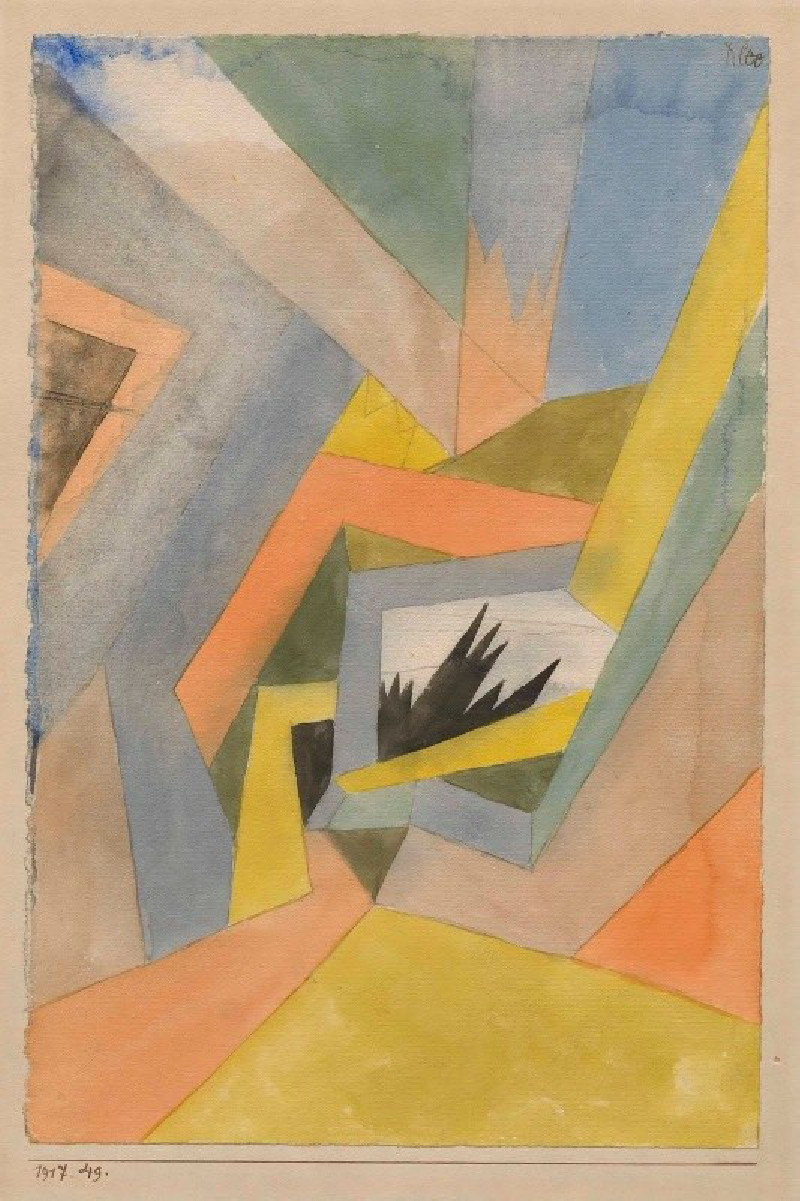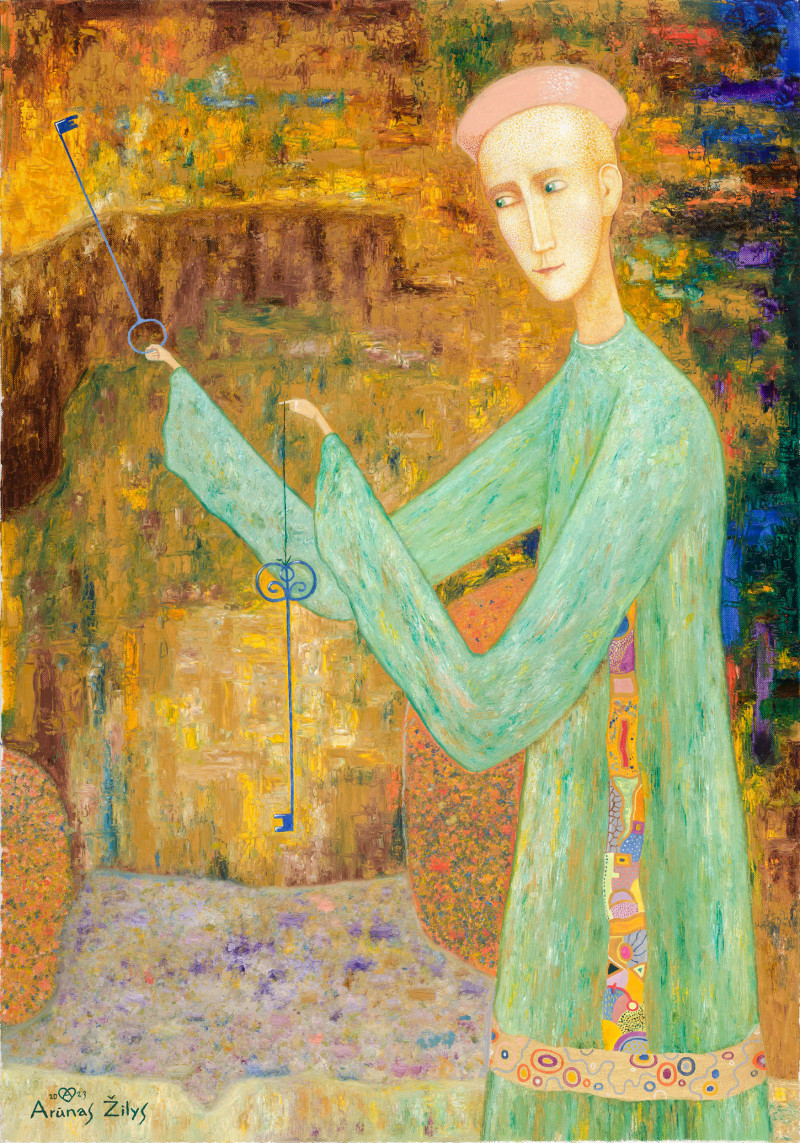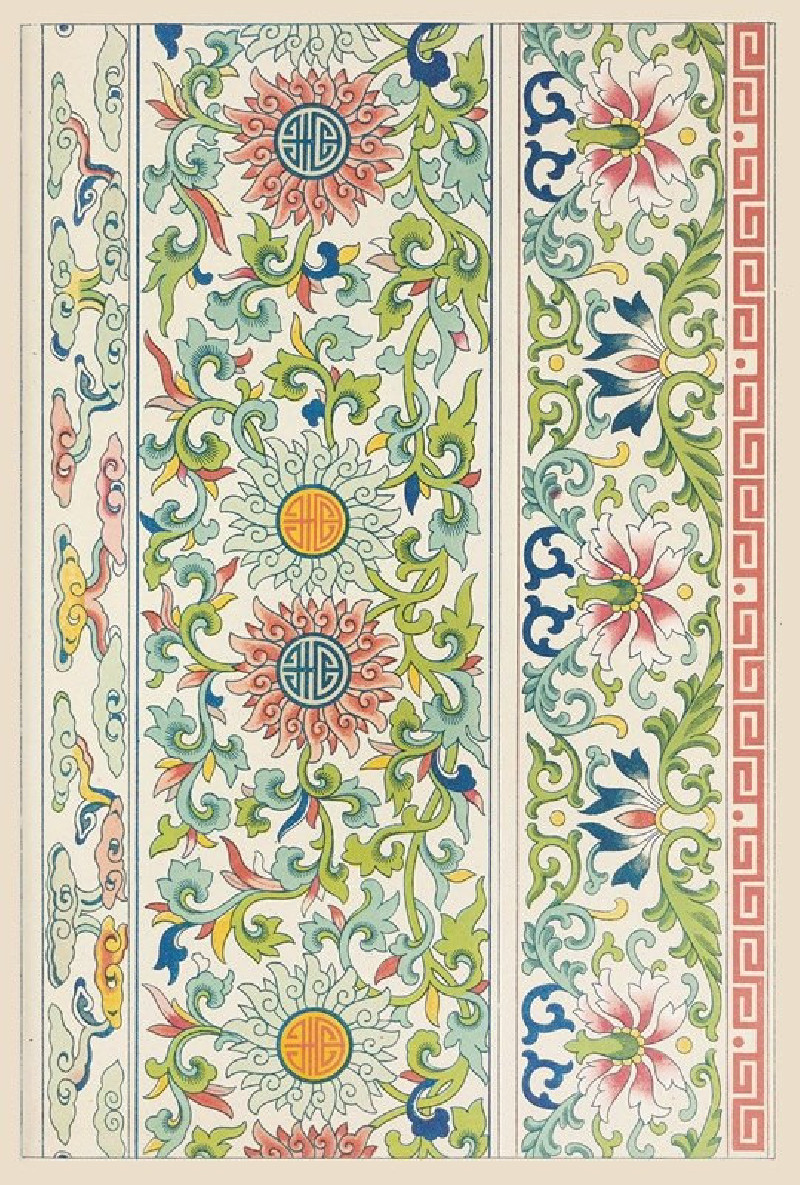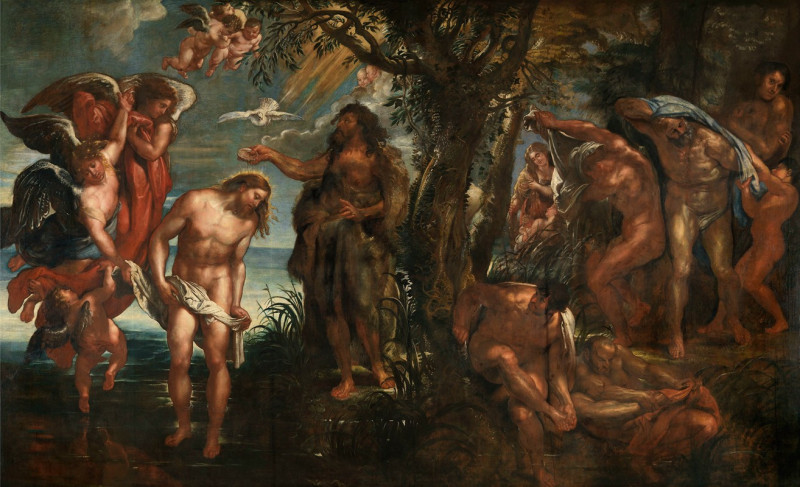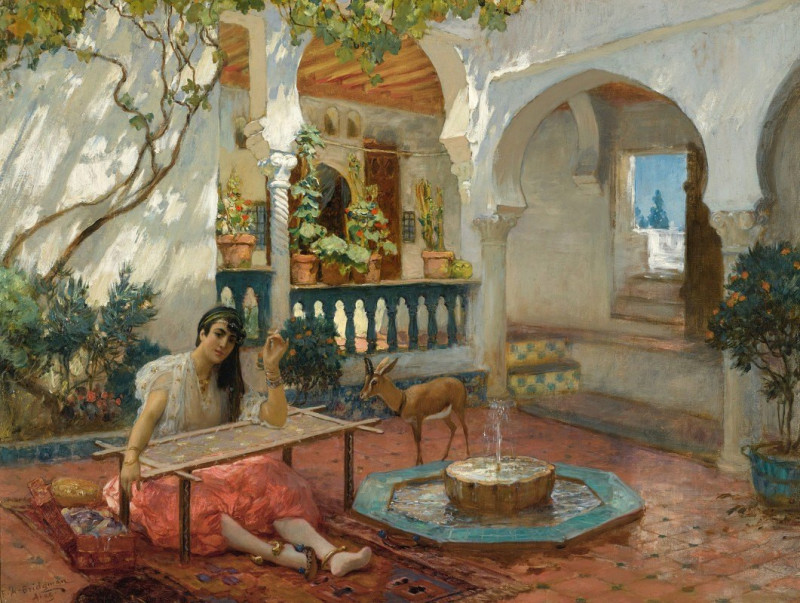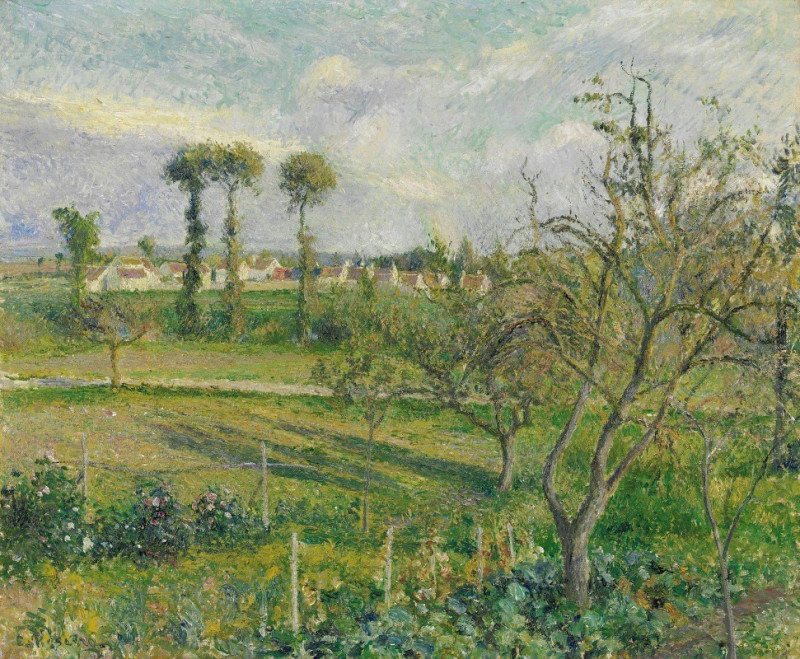Perce-neige 2 (1896)
Technique: Giclée quality print
Recommended by our customers
More about this artwork
Welcome to our exploration of "Perce-neige 2," a striking piece created by Maurice Pillard Verneuil in 1896. This Art Nouveau painting encapsulates the essence of stylistic elegance and natural form, which are signature elements of Verneuil's work.The central theme of "Perce-neige 2" focuses on the graceful portrayal of snowdrop flowers, known scientifically as Galanthus. These delicate blooms, symbolizing the arrival of spring and rebirth, are intricately woven into a sea of sinuous, flowing green stems and leaves. The composition exhibits a harmonious dance of flora, with snowdrops elegantly drooping at the tips of their stalks, rendered in soft shades of white and pale pink.Adding to the visual appeal are ornate borders that frame the central imagery. The top border features a rich blend of blue, gold, and green hues, incorporating geometric and floral motifs that resonate with the themes of rebirth and nature's cyclic beauty. The side and bottom borders repeat the snowdrop motif but set against a warm, earthy red background, providing a delightful contrast to the serenity of the main panel.Verneuil's masterful use of line and color, along with the rhythmic repetition of forms, creates a sense of depth and texture throughout the work. "Perce-neige 2" is not just a visual treat; it's a testament to the beauty of nature, captured through the artist's visionary lens. It invites viewers to pause and appreciate the simpler, subtle beauties, echoing the quiet emergence of life after winter's retreat.
Delivery
Returns
Maurice Pillard Verneuil was a French artist and decorator in the Art nouveau movement. He was born in Saint-Quentin, France. Maurice Pillard Verneuil learned his trade from the Swiss designer Eugène Grasset. Maurice Pillard Verneuil then went on to become a well-known artist and designer. He was inspired by Japanese art and nature, particularly the sea. He is known for his contribution to the art deco movement and, in particular, his use of bold, floral designs in ceramic tiles, wallpapers and other furnishing textiles.




